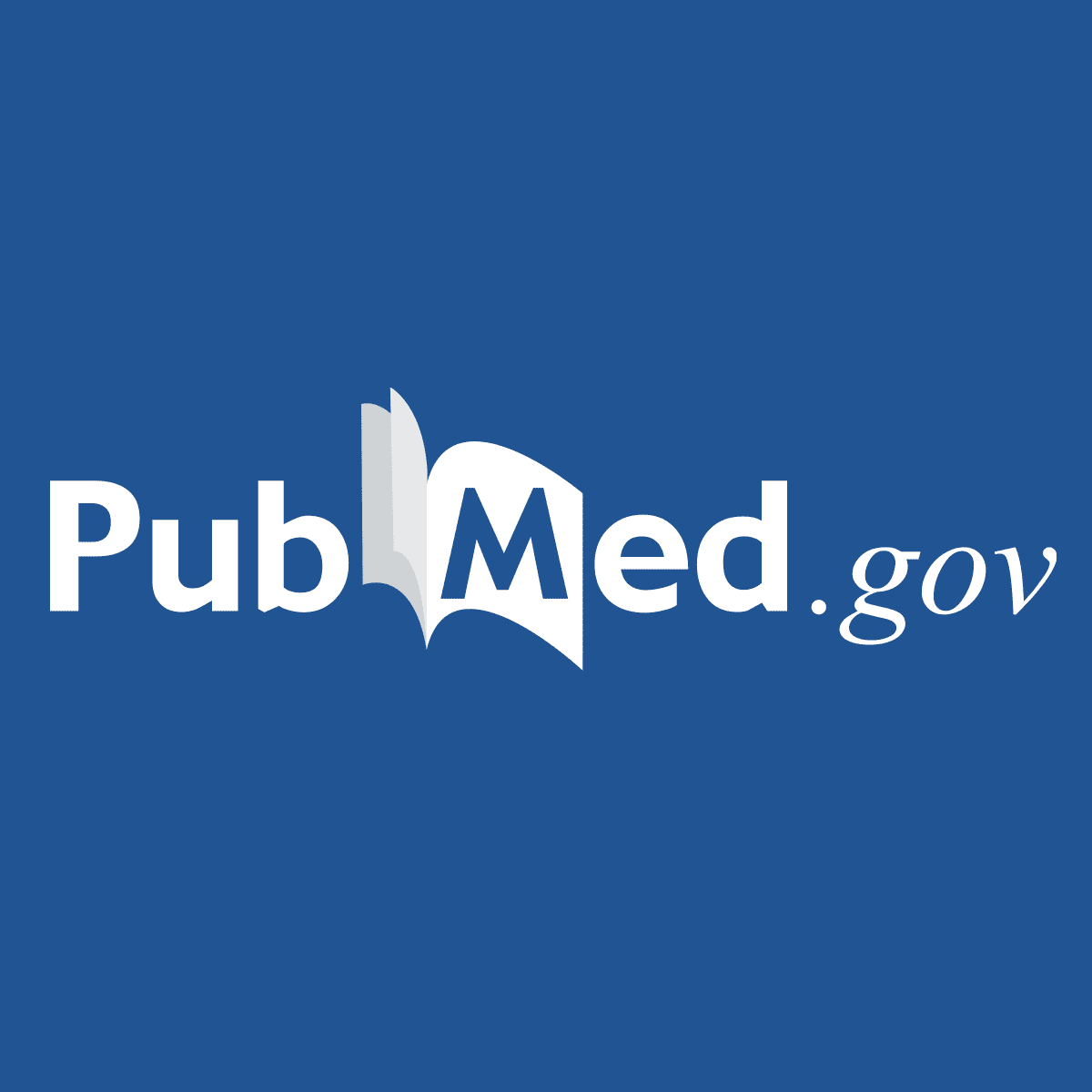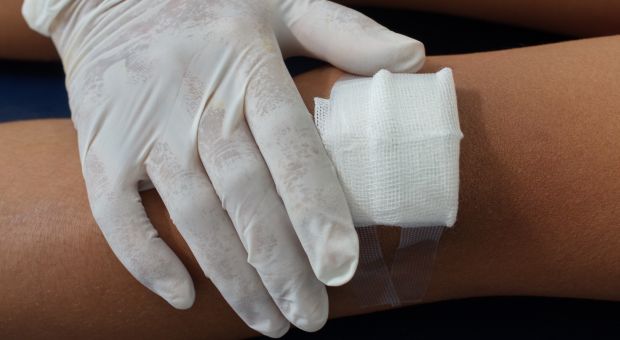Summer
Member
- Joined
- Sep 10, 2019
- Messages
- 851
So today I returned from the doctor's office after he took a biopsy from a surgical wound I got in June of 2018 that keeps reopening. He tells me that the reason it goes through the process of healing and reopening is because the cells that are responsible for causing inflammation during the healing process aren't leaving once the wound is healed. I'm blessed in the sense that it's not cancer or anything of that nature.
He gave me two options for treatment:
1) Kenalog injections - steroids, which I'm a little apprehensive over.
2) PRP injections - they take my blood and do a process to get the plasma from it to inject it back into the wound area. This is what the doctor recommended.
Honestly I'm not sure what to do. Any advice would be appreciated.
He gave me two options for treatment:
1) Kenalog injections - steroids, which I'm a little apprehensive over.
2) PRP injections - they take my blood and do a process to get the plasma from it to inject it back into the wound area. This is what the doctor recommended.
Honestly I'm not sure what to do. Any advice would be appreciated.



